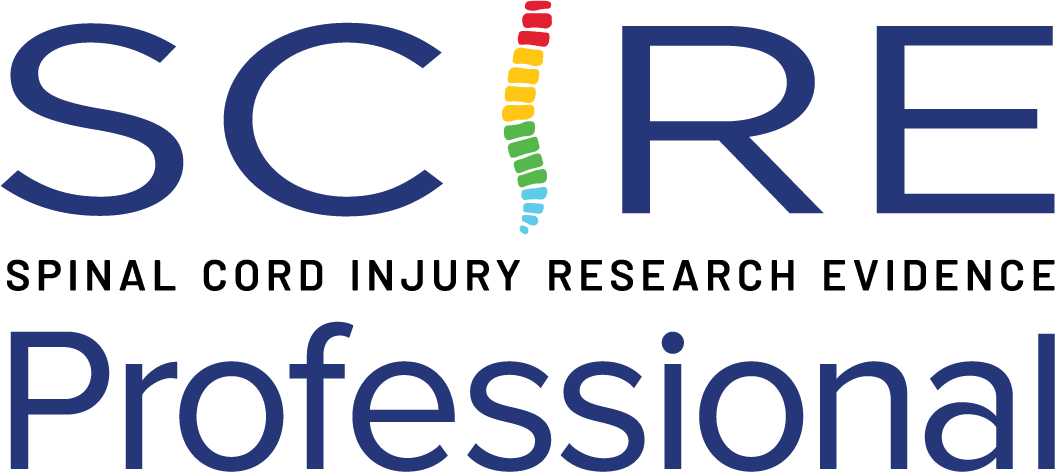General Discussion
The majority of our present understanding on the pathophysiology and management of the incapacitating symptoms of OH is derived from the management of OH in individuals with both central autonomic neurodegenerative disorders, such as multiple system atrophy and Parkinson’s disease, and peripheral autonomic disorders, such as autonomic peripheral neuropathies and pure autonomic failure (Freeman, 2003; Mathias, 1995). From previous studies on individuals without SCI, it is well established that combining patient education with the use of pharmacological and non-pharmacological modalities could lead to successful management of OH. Earlier literature suggested that the therapeutic goal for management of OH is not to normalize BP values, but rather to ameliorate symptoms while avoiding side effects (Kaufmann et al. 2006). However, evidence in the general medical literature supports associations between chronic asymptomatic hypotension and increased reporting of tiredness, malaise, fatigue and depression (Wessely et al. 1990; Pilgrim et al. 1992; Rosengren et al. 1993; Barrett-Connor et al. 1994), as well as deficits in cognitive performance (Costa et al. 1998; Morris et al. 2002; Weisz et al. 2002; Duschek et al. 2003). Asymptomatic hypotensive individuals with SCI actually performed significantly more poorly on tasks of memory and attention processing compared to a matched (i.e., for level of injury, self-reported incidence of traumatic brain injury and IQ) cohort of normotensive individuals with SCI (Jegede et al. 2010). Additionally, asymptomatic OH is associated with adverse changes in mood and cognition (Czajkowska et al. 2010), as well as increased morbidity and mortality (Benvenuto et al. 2011; Fedorowski et al. 2010). Lastly, diastolic blood pressure below 70 mmHg was found to be associated with increased all-cause mortality (Tringali et al. 2013).
The general approach to managing OH is to implement therapeutic interventions incrementally, depending on the severity of symptoms (Kaufmann et al. 2006). It is also known from previous studies in non-SCI populations that non-pharmacologic measures alone are often insufficient to prevent symptoms of OH. Thus, pharmacological interventions are needed, particularly in SCI patients with moderate to severe OH symptoms.
Although a wide array of physical and pharmacological measures are recommended for the general management of OH (Kaufman et al. 2006), very few have been evaluated for use in SCI. Of the pharmacological interventions, only midodrine has some evidence supporting its use and FES is one of the only non-pharmacological interventions having evidence to support efficacy, although limited. Furthermore, the number of studies addressing the pharmacological management of OH following SCI are few. It is often difficult to determine the effects of individual medications when they are used in combination therapies. Nonetheless, Midodrine hydrochloride should be included in the management of OH in individuals with SCI, while further research is needed to quantify the effects of other pharmacological interventions that have shown to be effective in other conditions of neurogenic OH.
